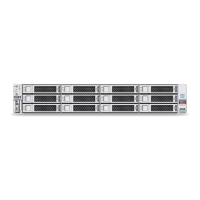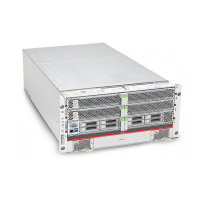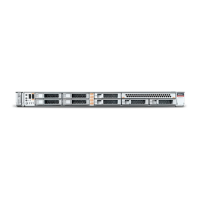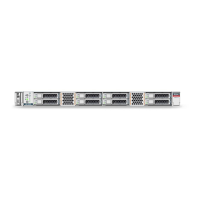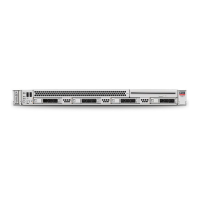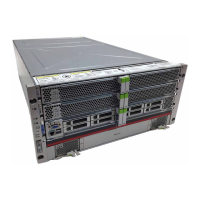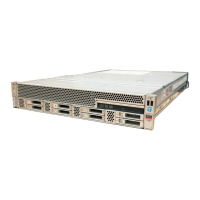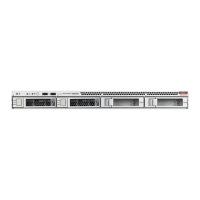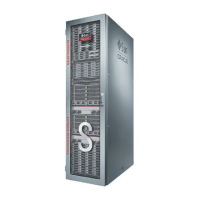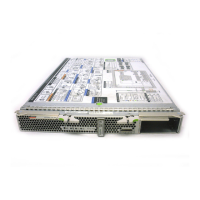Oracle VM Agent Deployment
Oracle VM Agent Architecture D-3
Figure D–2 Oracle VM deployment
A server pool consists of one or more physical Oracle VM Servers, and represents a
logical view of the storage where the guests reside.
In Figure D–2, "Oracle VM deployment", Server Pool 3 is deployed on individual
Oracle VM Servers, while in Server Pool 1, all of the three agents are deployed on a
single Oracle VM Server. Server Pool 2 shows a more typical deployment. The Server
Pool Master and Utility Server are on one computer, and the Virtual Machine Server(s)
are on another, or multiple other computers. This improves overall performance as
guests running on the Virtual Machine Server(s) may consume a large proportion of
resources, and dedicated computers are often set aside for this.
In medium- to large-scale environments with more than just a few guests in a server
pool, it is recommended that the Server Pool Master and Utility Server functions reside
together, or individually, on a separate and dedicated Oracle VM Server that does not
host any guests, as illustrated in Server Pool 3. This is to prevent any significant Server
Pool Master and Utility Server usage from impacting the performance of the
workloads hosted in the guests.
The storage in Figure D–2, "Oracle VM deployment" is a mounted file system
dedicated to the server pool, and stores the guests, external resources and other data
files shared by Oracle VM Servers on the server pool.
The decision on how to deploy Oracle VM Agent components is made using Oracle
VM Manager. You cannot configure this using Oracle VM Server. You can set up
Oracle VM Manager to manage your virtual machines, in any of the configurations in
Figure D–2, "Oracle VM deployment". See the Oracle VM Manager User's Guide for
information on setting up the management of virtual machines and server pools.
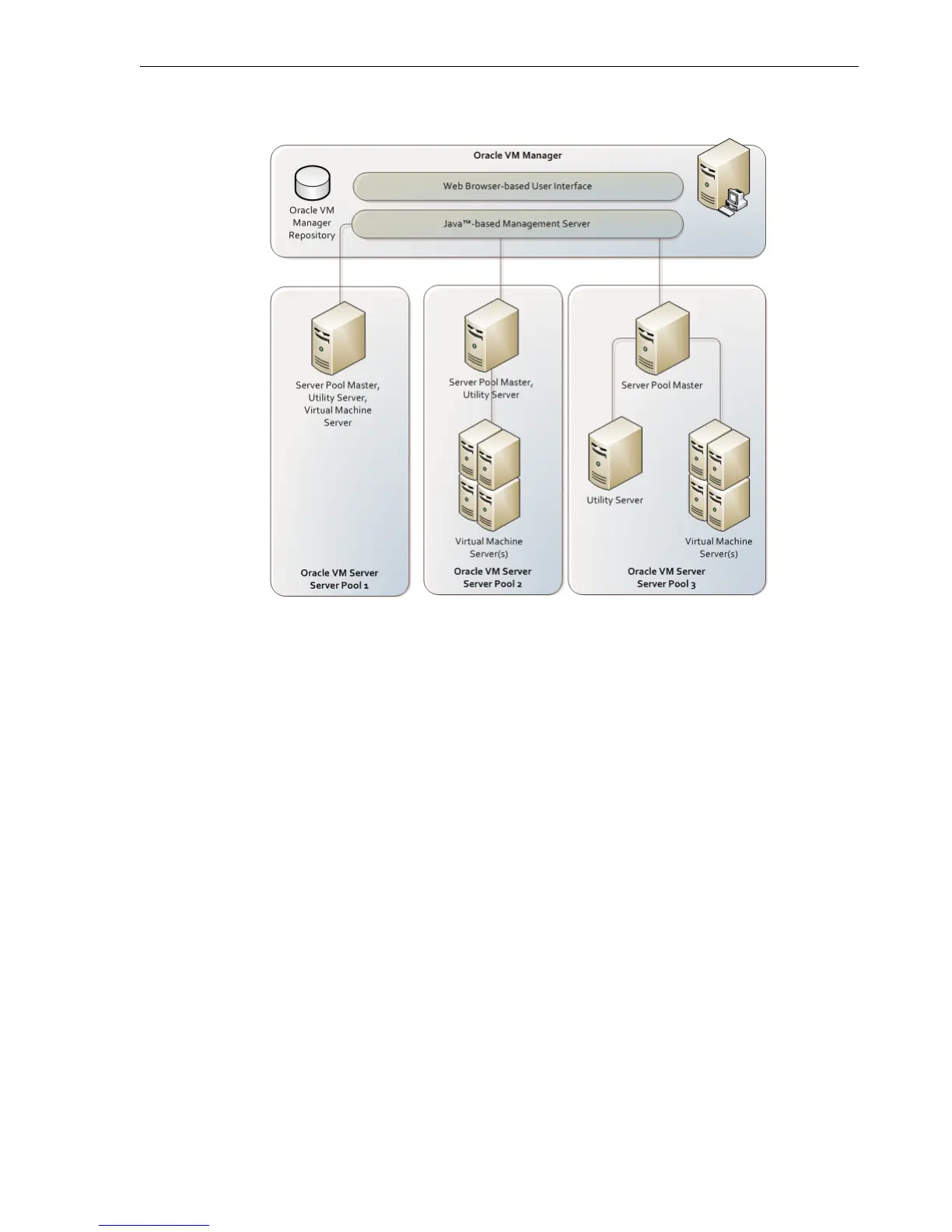